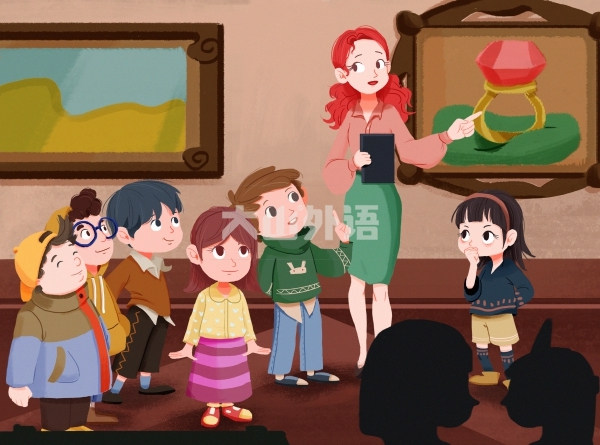简单句就是只含有一个主谓结构并且句子各成分都只由单词或短语构成的独立句子或分句。在简单句中主语和谓语是句子的主干,是句子的核心。有时为了使句子结构更加紧凑,语言更加生动,我们可以把两个或两个以上的简单句合并为简单句,这样,句子意思上的联系显得更密切。

两个意义相关的简单句合并为一个简单句。常见的方式有三类:
1.用both...and, not only...but also, either...or, neither...nor, not...but等连接词合并。由not only...but also, either...or, neither...nor等连接的并列主语,通常遵循就近原则,即谓语需根据后面的名词(词组)的单复数而定;
2.用too...to, enough to等含不定式结构合并;
3.用分词短语合并。
例句:
Lucy can't sing the English song "Yesterday Once More". And Lily can't sing it, either.
→Neither Lucy nor Lily can sing the English song "Yesterday Once More".
露西和莉莉都不会唱英文歌曲“昨天再来一次”。
This store sells men's shoes, and it also sells men's clothes.
→This store sells not only men's shoes but also men's clothes.
这家商店不仅卖男鞋,而且卖男装。









